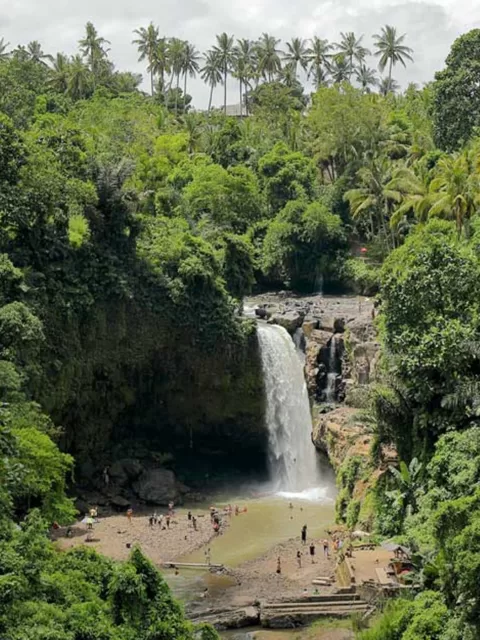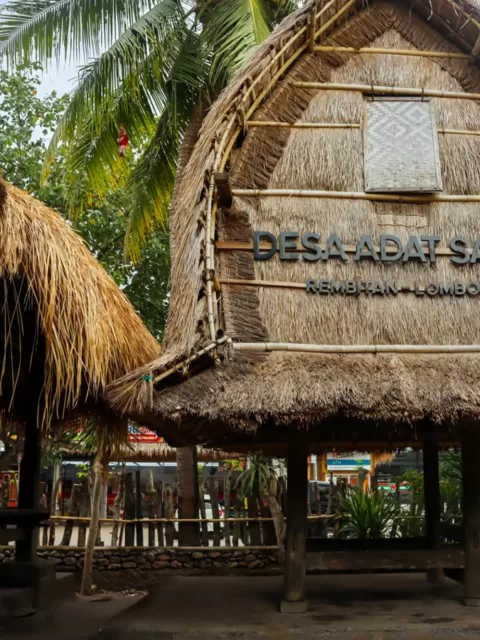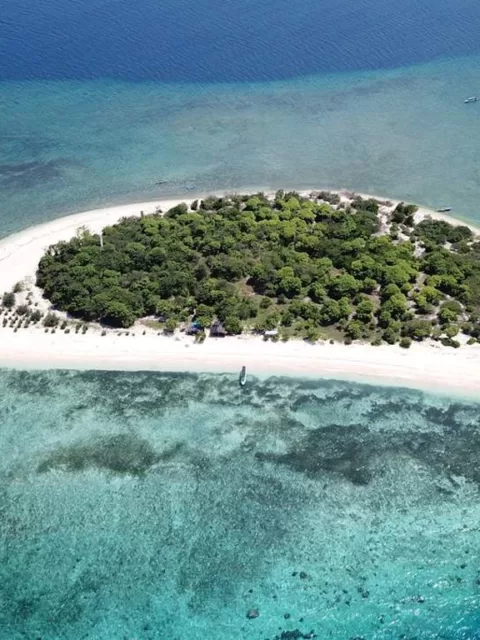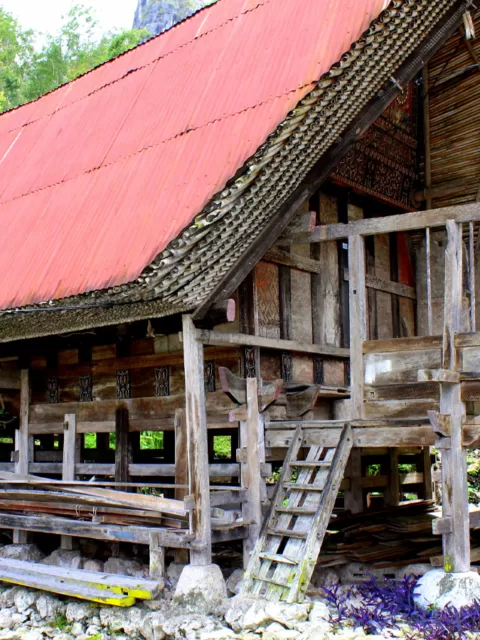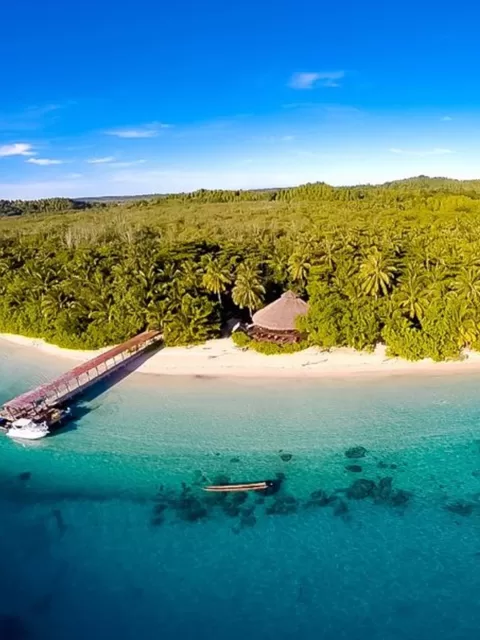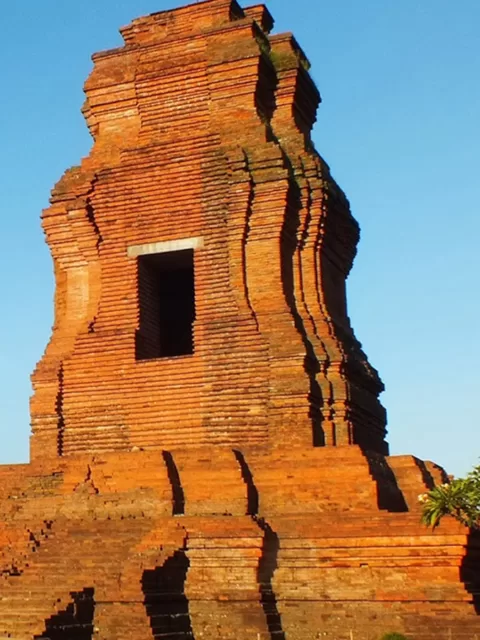Traditional Indonesian tribal weapons
Unlocking the Enigma of Traditional Indonesian Tribal Weapons
Nestled amid the sprawling archipelago of Indonesia lies a trove of cultural and historical riches that have, for centuries, remained hidden beneath the lush canopy of tropical jungles and the crystal-clear waters of the country’s countless islands. Among these treasures are traditional Indonesian tribal weapons, artifacts of both war and artistry that carry with them the legacy of the archipelago’s diverse indigenous tribes.

In the realm of Indonesia travel, which often conjures images of pristine beaches and enchanting forests, these tribal weapons stand as silent witnesses to a history that predates the modern era. They are more than instruments of combat; they are symbols of cultural identity, craftsmanship, and ancestral heritage. As we embark on this journey of exploration, we’ll uncover the fascinating stories and cultural tapestries woven into these weapons, revealing how they serve as portals into the rich history of this remarkable nation.
Introduction
A. Overview of Traditional Indonesian Tribal Weapons
In the heart of Indonesia’s sprawling archipelago, a hidden treasure trove of history and culture awaits exploration. Traditional Indonesian tribal weapons are not only symbols of combat but windows into the cultural and historical heritage of the country. These weapons are a testament to the diverse indigenous tribes that inhabit the Indonesian islands and their martial traditions. As we embark on a journey to explore these traditional arms, we delve into the captivating world where adventure, culture, and history converge.

B. Cultural Significance in Indonesia Travel
Indonesia travel is often associated with pristine beaches, lush jungles, and vibrant cities. However, it’s in the depths of the cultural and historical tapestry that Indonesia’s true identity comes to life. Traditional Indonesian tribal weapons are not just artifacts; they represent a cultural thread that connects the past to the present. As we journey through these weapons, we invite you to embrace the adventure of cultural immersion and exploration while understanding their historical significance in the context of Indonesia travel.
II. Keris (Kris)
A. History and Variations
The keris, with its wavy blade and intricate designs, is perhaps the most iconic of Indonesian weapons. Its history is as diverse as the country itself, with various regions and tribes contributing to its development. Each keris tells a unique story through its design and craftsmanship, making it a captivating piece of cultural heritage.

B. Cultural and Spiritual Importance
Beyond its role in combat, the keris holds deep cultural and spiritual significance in Indonesian society. It is considered a symbol of honor and bravery, often passed down through generations. The ceremonies surrounding the keris are steeped in tradition and myth, showcasing the intertwining of the physical and metaphysical worlds.
C. Regions and Tribes Associated with Keris
The keris is not a one-size-fits-all weapon. It varies in design and usage across different regions and tribes of Indonesia, reflecting the rich diversity of the country’s culture and heritage. From the Javanese keris to the Balinese version, each has its unique characteristics and symbolism.
III. Parang
A. Description and Utility
The parang, a broad, single-edged machete, is commonly used by various Indonesian tribes, including the Dayak people of Borneo. Its design is utilitarian, making it an ideal tool for both combat and daily life in the wilderness.

The parang is closely associated with the Dayak tribes of Borneo, who have a deep connection with the dense jungles and rivers of the region. These tribes have utilized the parang for generations, and it is an integral part of their cultural identity.
C. Role in Indigenous Culture
Beyond its functionality, the parang plays a vital role in indigenous culture. It is often adorned with symbolic carvings and designs, reflecting the spiritual connection that these tribes have with the natural world.
IV. Mandau
A. Weapon of the Dayak People
The Mandau is another traditional weapon of the Dayak people of Borneo. This large, slightly curved knife is known for its distinct design, with a unique hilt and a blade often etched with tribal motifs.

B. Decorative Features and Symbolism
Mandau knives are more than just weapons; they are works of art. Intricate carvings and designs adorn the blades and hilts, reflecting the cultural symbols and beliefs of the Dayak tribes.
C. Heritage and Cultural Significance
Mandau knives are often passed down through generations, becoming family heirlooms and symbols of ancestral heritage. They are central to Dayak culture and rituals, showcasing the significance of these weapons in the tribe’s identity.
V. Rencong
A. Acehnese Weaponry
The Rencong is a unique weapon found among the Acehnese people of Sumatra. It is a small, curved knife with an ornate hilt, often featuring intricate carvings.

B. Unique Design and Hilt
What sets the Rencong apart is its unique design and hilt. These knives are often personal and carry individualistic designs, making each Rencong a piece of functional art.
C. Family Heirlooms and Ancestral Connections
Rencong knives are considered valuable family heirlooms, passed down from one generation to the next. They connect individuals to their ancestors and the rich history of the Acehnese people.
VI. Sumpitan
A. Blowpipe Technology
The Sumpitan, or blowpipe, is a traditional weapon used by indigenous tribes like the Dayak and Penan in Borneo. It consists of a long, narrow tube through which poisoned darts are blown with remarkable accuracy.

B. Hunting and Combat Applications
The Sumpitan is not only a tool for hunting but also a formidable weapon in combat. It demonstrates the resourcefulness of indigenous tribes in using simple yet effective technology.
C. Usage Among Indigenous Tribes
Indigenous tribes in Borneo have been using the Sumpitan for centuries to hunt game and protect their communities. Its usage is a testament to the deep connection between these tribes and their natural environment.
VII. Lembing
A. Versatile Spear
The Lembing is a traditional Indonesian spear, consisting of a wooden shaft with a metal-tipped head. Its design allows for a wide range of applications, from hunting to combat.

B. Application in Tribal Communities
Lembing spears have been integral to the survival and daily life of various Indonesian tribes. They showcase the versatility and adaptability of traditional weaponry.
C. Historical and Contemporary Usage
While Lembing spears have historical roots, they continue to have a place in contemporary Indonesia, particularly in rural and tribal communities where they remain essential tools.
VIII. Badik
A. Bugis and Makassar Culture
The Badik is a small, curved knife originating from the Bugis and Makassar people of South Sulawesi. It is an essential part of their culture and daily life.

B. Ornate Design and Decoration
Badik knives are often ornately decorated, with detailed carvings and designs on the hilt and sheath. The craftsmanship of these knives reflects the artistic sensibilities of the Bugis and Makassar people.
C. Spiritual and Cultural Significance
Badik knives are not merely tools but symbols of power and cultural identity for the Bugis and Makassar people. They are often used in various ceremonies and rituals, underscoring their spiritual importance.
IX. Preservation and Promotion
A. Role in Indonesia’s Cultural Heritage
The preservation of traditional Indonesian tribal weapons is crucial for Indonesia’s cultural heritage. These weapons represent a bridge between the past and the present, connecting the country’s diverse cultural narratives.
B. Efforts to Preserve Traditional Weapons
Various efforts have been undertaken to preserve these traditional weapons, including museum displays, cultural festivals, and educational programs. These initiatives ensure that these artifacts continue to be celebrated and understood.
C. Encouraging Indonesia Travel Enthusiasts to Explore Cultural Artifacts
As Indonesia travel enthusiasts embark on adventures across the archipelago, there is an opportunity to explore these cultural artifacts. It’s a chance to delve into the rich and diverse cultural heritage of Indonesia, deepening the connection between travelers and the country’s history.
X. Conclusion
A. The Legacy of Traditional Indonesian Tribal Weapons
The legacy of these traditional weapons extends far beyond their utility in combat. They are living testaments to the cultural and historical diversity of Indonesia, connecting the past to the present in a way that few other artifacts can.
B. Embracing the Cultural Diversity of Indonesia Travel
In the world of adventure and exploration, Indonesia travel offers a unique opportunity to immerse oneself in the cultural diversity of the country. Traditional Indonesian tribal weapons are just one facet of this diversity, and they encourage travelers to embark on journeys that blend adventure with cultural immersion. As travelers traverse the Indonesian archipelago, these cultural artifacts stand as reminders of the rich tapestry of history and heritage that defines this remarkable nation.





